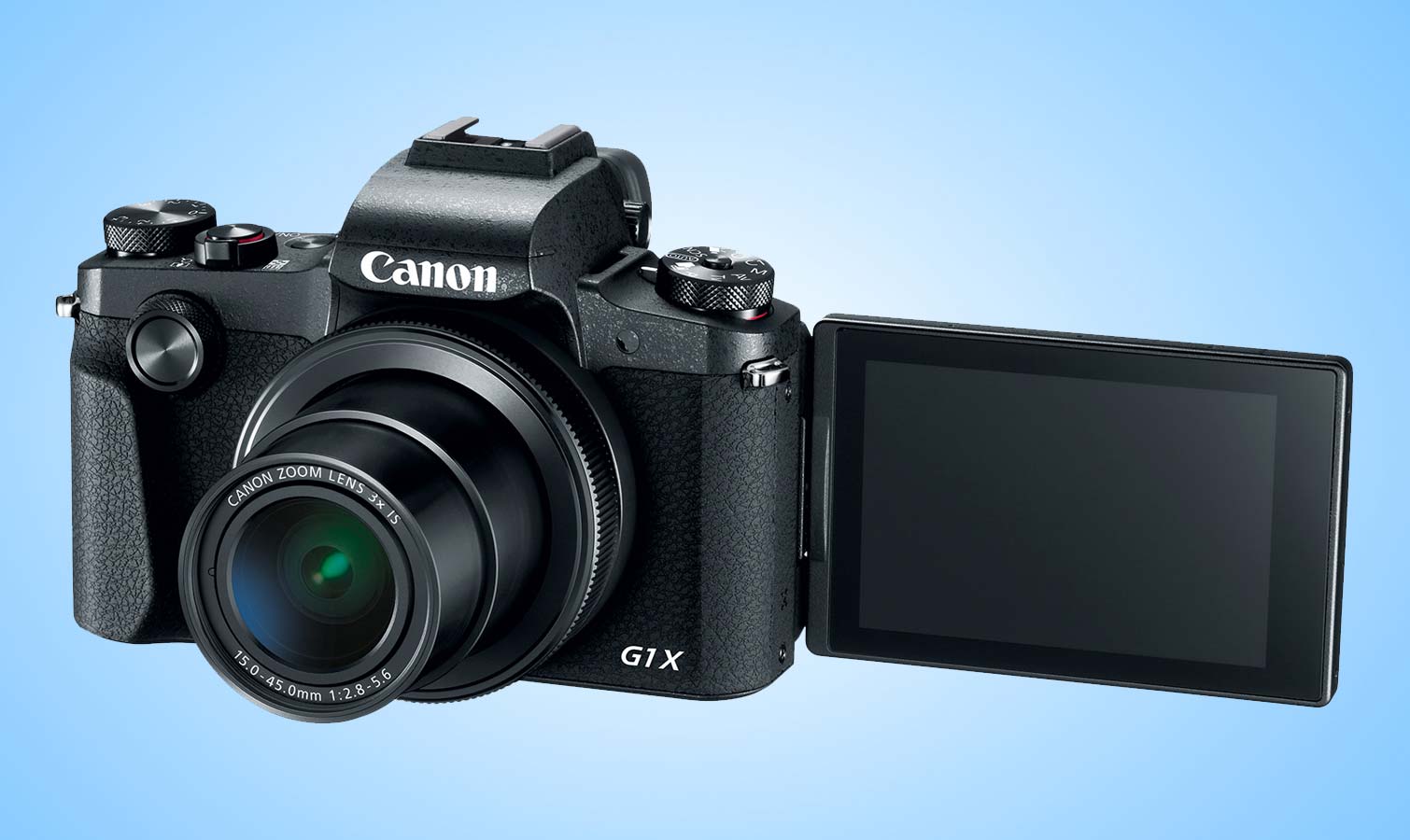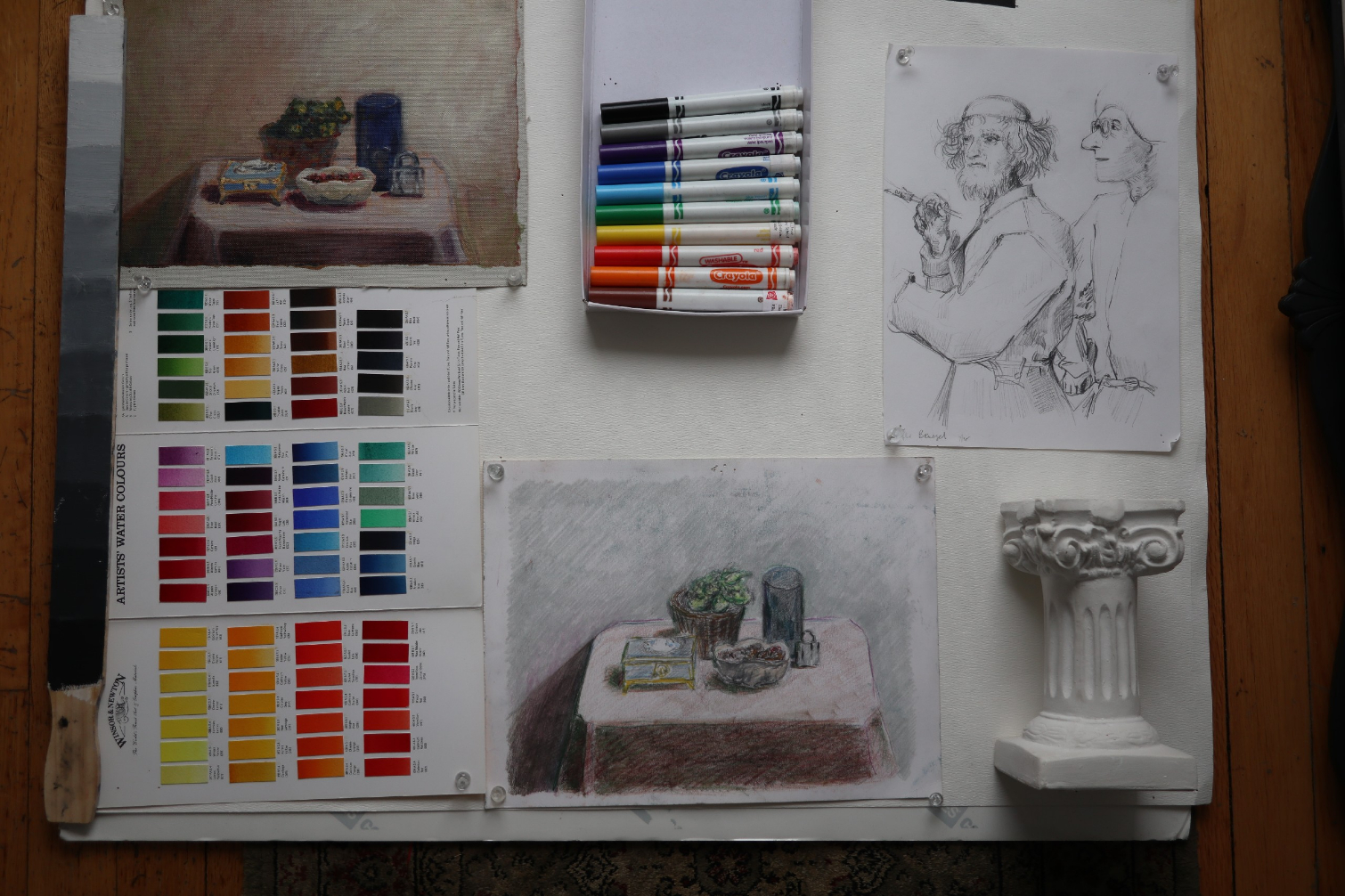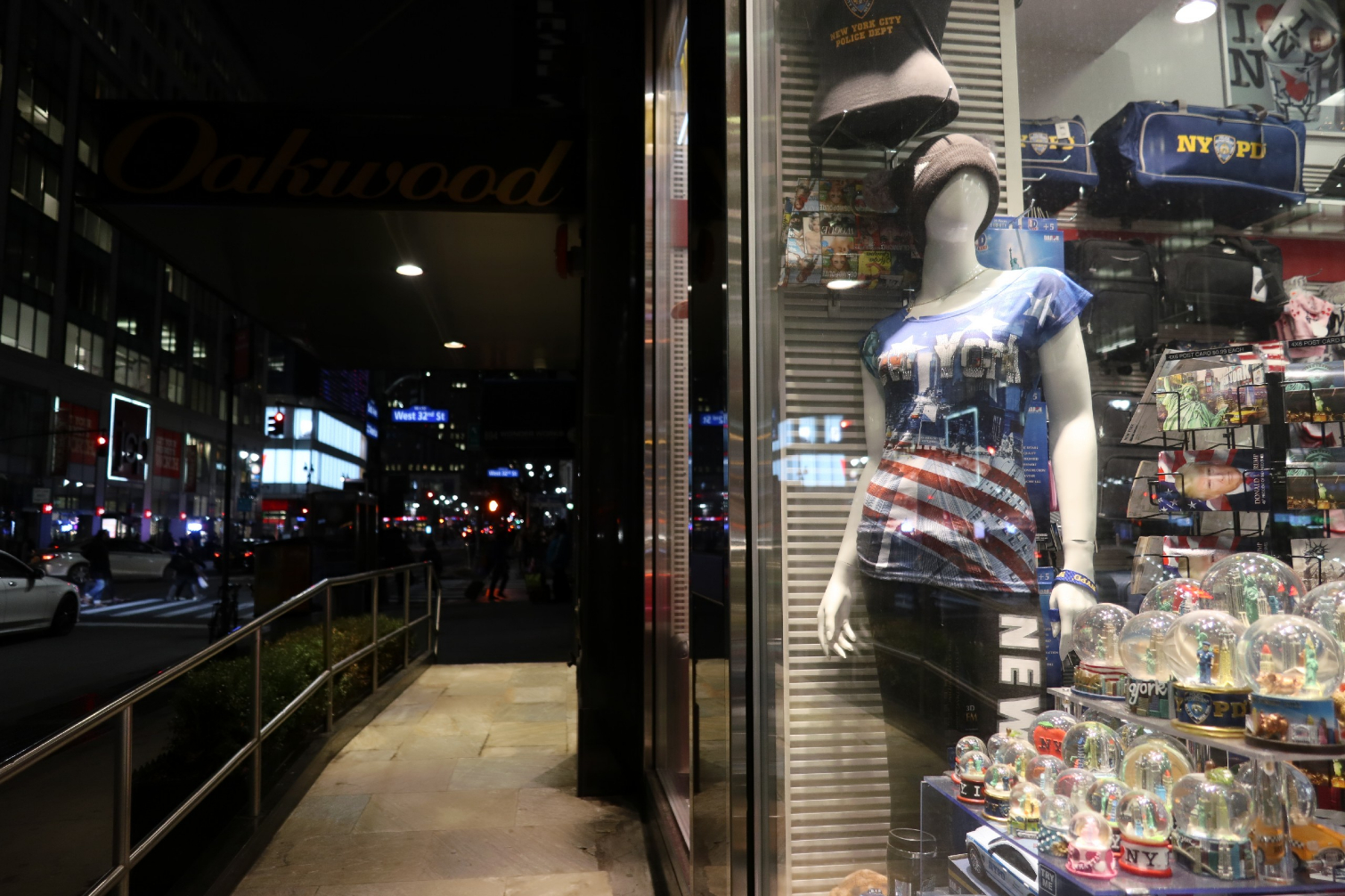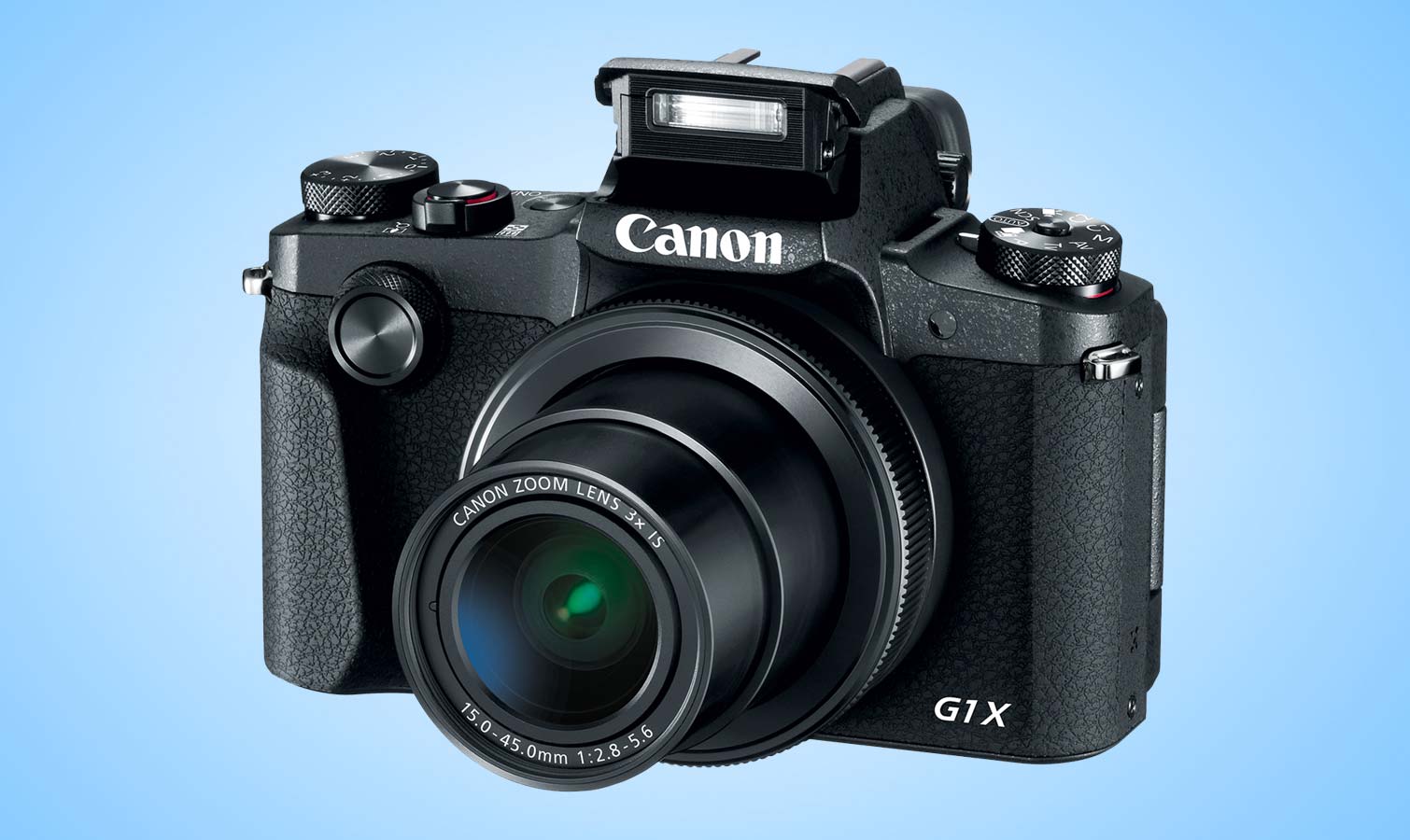Tom's Guide Verdict
The lightweight Canon PowerShot G1 X Mark III is a great travel companion, but it comes at a higher price than you'll pay for better-performing competitors.
Pros
- +
Compact and lightweight
- +
Very good for travel
- +
Offers many scene modes
- +
Excellent in low light and challenging lighting
- +
Responsive swiveling touch screen
Cons
- -
Lacks 4K video recording
- -
Only 3x optical zoom
- -
Slightly less versatile than other high-end bridge cameras
- -
Very pricey for its class
Why you can trust Tom's Guide
Advanced bridge cameras such as the Canon PowerShot G1 X Mark III ($1,299) can make great travel companions, because they have large image sensors and high-quality optical-zoom lenses. They also offer precise control over exposure, which is helpful for capturing the bright lights of a scenic landscape or a dimly light museum or church. But while the G1 X Mark III excels in many of these conditions, it does so at a higher price than you'll pay for better-performing competitors.
Design and Controls
The G1 X Mark III is a capable travel companion, because it comes with a large-size 24.3-MP APS-C CMOS sensor, the same type of image sensor you'll find in Canon's Rebel-series DSLRs and M-series EOS mirrorless cameras, like the EOS M100. Still, the G1 X is compact, measuring about 4.5 x 3.1 x 2.0 inches, and it weighs approximately 14.1 ounces, making it easy on the shoulders and neck.optical-zoom lens.
Some nice additional touches on the camera's body make it enjoyable to use. For instance, a slightly textured, rubberized surface covers much of the body, which makes the camera easy to hold.
This camera also includes a swiveling touch-screen LCD (1.04 million dots). You can angle the screen when holding the camera above or below you to see what you're shooting and to minimize glare. It's a nicer LCD than the ones on the Sony RX100 Mark V (which does swivel but has a different, less effective design) and the Lumix LX100, which doesn't swivel at all.

The G1 X also includes an electronic viewfinder (2.36 million dots), which is helpful when bright light washes out your LCD. I found that the LCD worked very well and was very responsive. The electronic viewfinder was decent, but for the price, it could have been more powerful. In low light, it gets rather grainy and lacks the smoothness you see on the LCD.

In general, I found the physical controls and buttons to be strategically positioned for quick access and on-the-fly tweaks. In many ways, the menus were equally well-designed. They were logical and had short descriptions to indicate what the scenes or features were used for.
The camera does a wonderful job of maintaining details in shadow areas. It's also great at highlighting areas that aren't blown out or pure white.
I also liked that the G1 X didn't have an onboard flash that automatically popped up, which can be annoying to enthusiasts. Instead, you need to push the flash module up, which means you'll decide when to use the flash. Unlike some cheap bridge cameras, this model comes with a hot shoe, so you can add an external flash.
Get instant access to breaking news, the hottest reviews, great deals and helpful tips.
Performance and Features
With a larger sensor comes a wider dynamic range, which you'll notice when shooting a sunset photo in, say, Yellowstone National Park. A camera with a tiny sensor will miss the fine highlight details in the clouds nearest the setting sun (which are not quite white) and the trees in the shadow areas (which are not quite black). The G1 X Mark III will catch these subtle but crucial details.

I enjoyed shooting with the G1 X Mark III's 24-72mm (f/2.8-5.6) zoom lens but had two issues. First, I wish the camera had a longer optical zoom. Sony's RX100 V offers a bit more zoom (4x optical), and the RX10 III, which is roughly the same price as the G1 X Mark III, has a 25x (24-600mm) optical-zoom lens. Second, when zoomed in, the Canon's narrow f/5.6 aperture doesn't let you get great shots with shallow depth of field.
MORE: Camera Recommendations for All Kinds of Photographers
Yet I liked how the camera quickly focused on subjects, whether they were moving or still, for both still photos and video. Canon notes that the G1 X includes its Dual Pixel CMOS autofocus system, also available on the company's DSLRs and mirrorless models. Even in low light, I found the G1 X locked swiftly onto subjects.

The G1 X Mark III has a nice variety of scene modes, including a panorama mode, which lets the camera stitch together images. By and large, it produced pretty good panoramas without too many distorted or misaligned sections.
Image Quality
In my bright-light test shot, the G1 X Mark III captured fine details such as the paper texture in the center and at the edges of the still life. Color was spot-on: vibrant, but not too vibrant, except where there were bright colors, as with the color markets, or swatches.

In my low-light test shot, it was impressive how well the image stabilization worked in a handheld photo. I didn't find much blurring of major details, and edges were sharp. Colors appeared fairly vibrant as well.

I also liked the Canon's ability to capture a wide dynamic range. In bright light, the gray scale had equal values from lightest to darkest tones. In low light, only the three darkest tones ran together and were difficult to distinguish. The low-light shot was captured at 6400 ISO, which is fairly high. The noise didn't obscure major details, but finer details, such as the paper grain or the finest lines in the drawings, were a bit grainy.

In my real-world photo of a train station, shot on a cloudless, sunny day, the G1 X Mark III revealed how a powerful sensor-and-lens combination will provide wide dynamic range. You'll find many subtle details in the building just behind the "Malverne" sign as well as on the train tracks and the station platform. The camera does a wonderful job of maintaining details in shadow areas (such as the track area cast in shadow by the platform). It's also great at highlighting areas (such as the braille-like pattern that appears on the yellow "warning track" sign on the platform) that aren't blown out or pure white.

The G1 X also performed well in burst mode, in which the camera can fire off nine frames per second with autofocus locked or 7 fps in continuous autofocus.
MORE: DSLR vs. Mirrorless Cameras: Which Is Better for You?
The G1 X Mark III allows for some bracketing features for exposure and focus, but other models provide greater versatility in bracketing. For example, the Sony RX100 Mark V allows both continuous- and single-exposure bracketing. You can also change the number of photos you bracket, bracketing for brightness, white balance and D-Range optimizer.
Video Quality
Like most point-and-shoots and higher-end cameras, the G1 X Mark III has a dedicated video button. In most settings, using the video worked quite well. You can change the video aperture and shutter speed, which can provide you with better footage in low light and the ability to get very creative and expressive effects.

However, the Canon lacks the ability to shoot 4K video, which you can do on the Panasonic LX100 and the Sony RX-series cameras. That might be a deal breaker for some photographers.
Image stabilization worked as expected. Most clips looked good and did not have a lot of jitter. I found that the camera was excellent at adjusting for focus and exposure. It was hard to trick this model when pointing the camera at a new subject, even at night or in low light.
I liked how the camera quickly focused on subjects, whether they were moving or still, for both still photos and video. Even in low light, I found the G1 X locked swiftly onto subjects.
There's no slow-motion capability, though, which is found on cameras like the Sony RX100 Mark V. However, the G1 X does offer a time-lapse feature, which captures still shots at set intervals and then converts them, in camera, into a time-lapse video. (This feature has limits: The longest you can record a time-lapse is for 2 hours.)
Wireless Sharing
The G1 X Mark III uses the same app as many other Canon models, including the EOS M100 mirrorless camera, and for the most part, it worked in a similar way. However, on this point-and-shoot, I could remotely operate the camera's zoom, which is a nice option. As on the M100, Canon's mobile app made it easy to transfer photos and operate the camera remotely. However, some digital camera apps let you access a fuller range of settings and options.
Battery Life
Canon claims that the PowerShot G1 X Mark III can capture 200 photos with the LCD on (according to CIPA standards), but you can get an additional 50 shots using the camera's ECO mode. Still, the Panasonic Lumix LX100 provides you with 300 shots per charge, which lets you shoot for a longer period of time. For shooting video, the G1 X Mark III can capture roughly 240 minutes of HD video per charge.
Bottom Line
For an advanced bridge camera, the PowerShot G1 X Mark III has a gentle learning curve but provides plenty of power for expanding your skills and creativity. It's also extremely compact, which is important when you're traveling. Still, for the high price tag, it would be nice to have more extras, including a larger optical zoom, the ability to take 4K video clips, and more versatility and depth in various modes. Overall, the G1 X Mark III will expand your creative potential and, in many cases, capture memorable travel shots and video.
Credit: Terry Sullivan/Tom's Guide
Terry Sullivan is an experienced technology journalist who has covered consumer electronics including cameras, smartphones, audio tech and software among many other things. His work has appeared in the likes of Consumer Reports, PCMag, Lifehacker, and the New York Times and he is also a teacher, photographer, artist, and musician.

